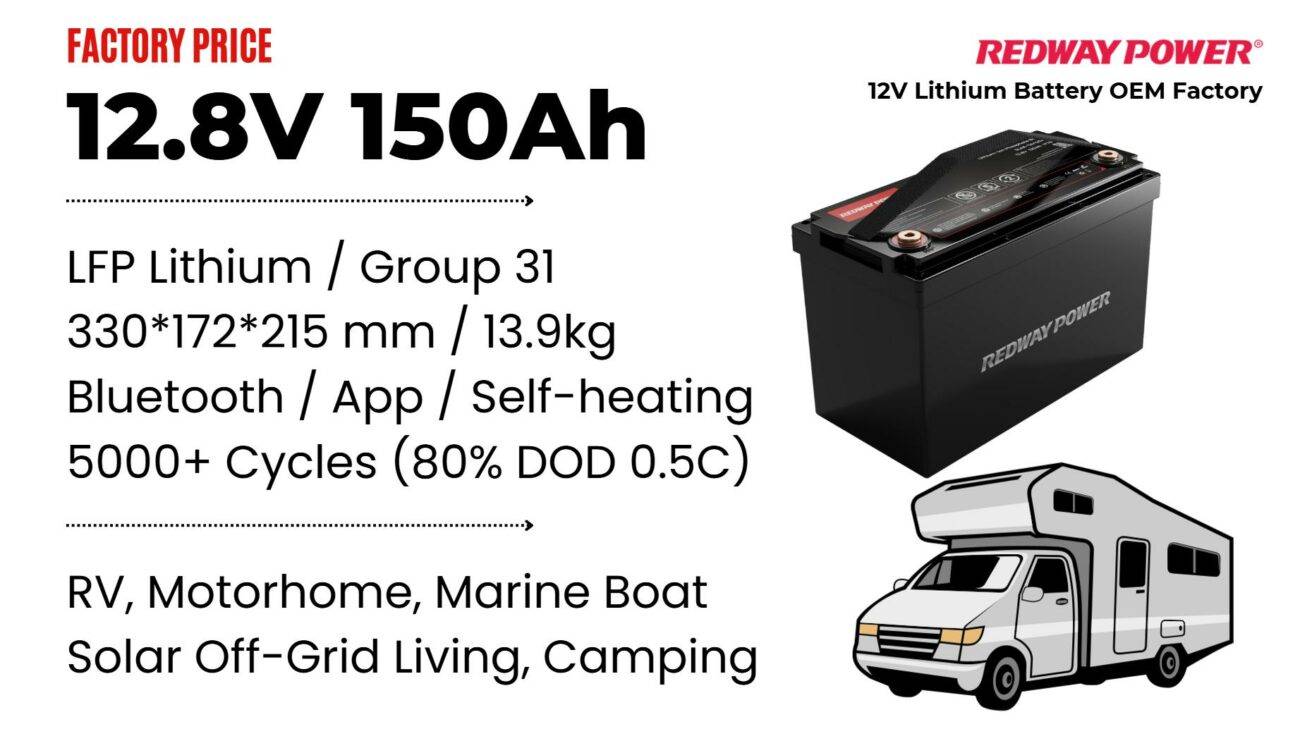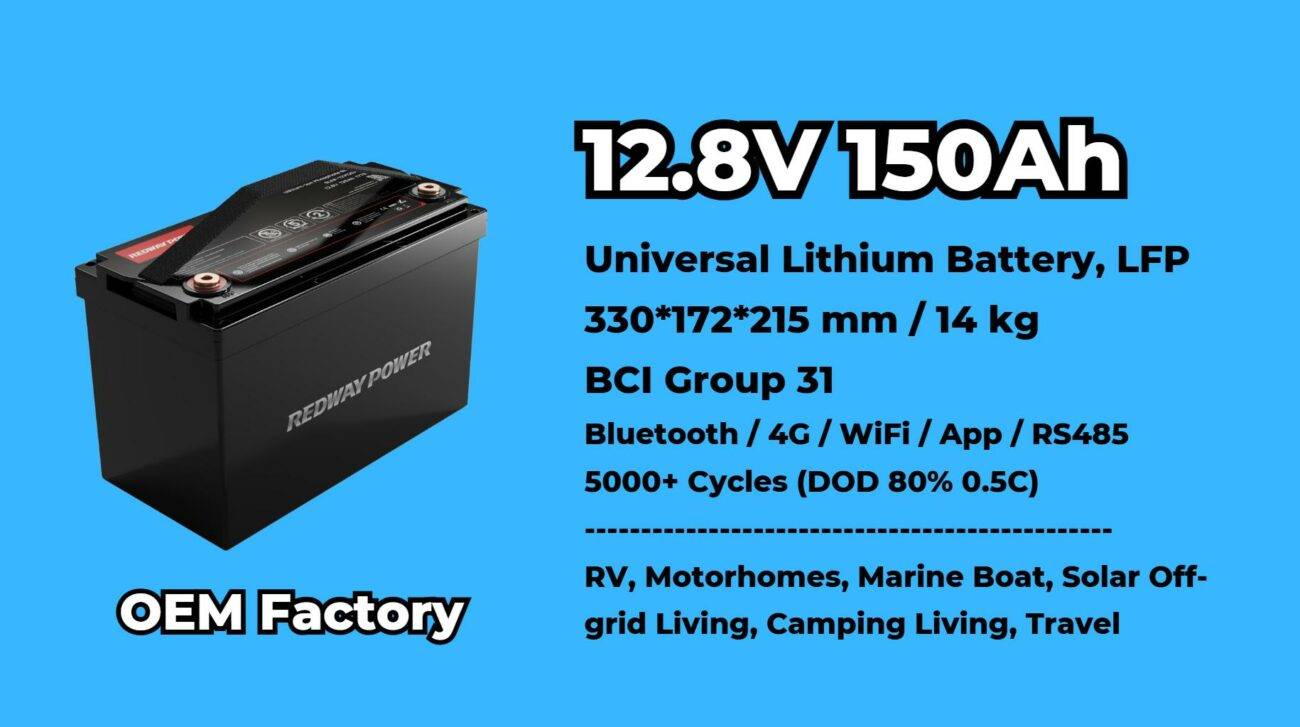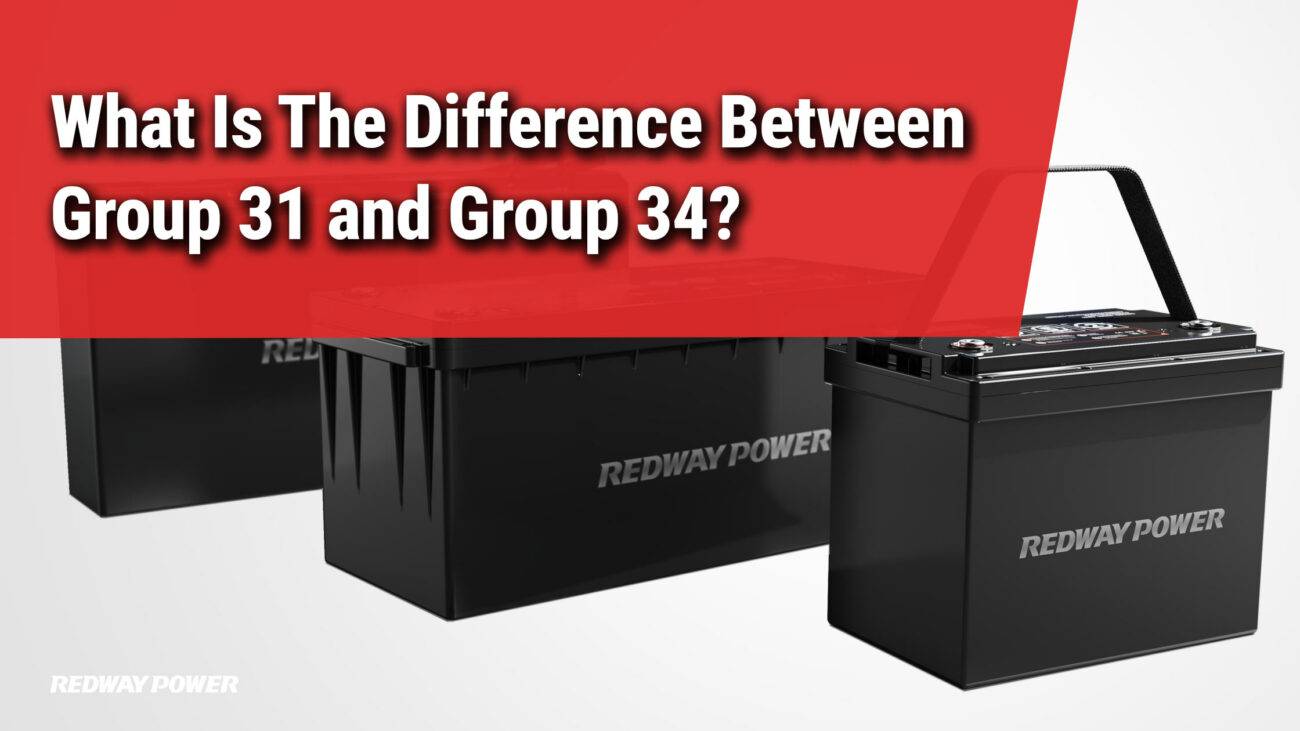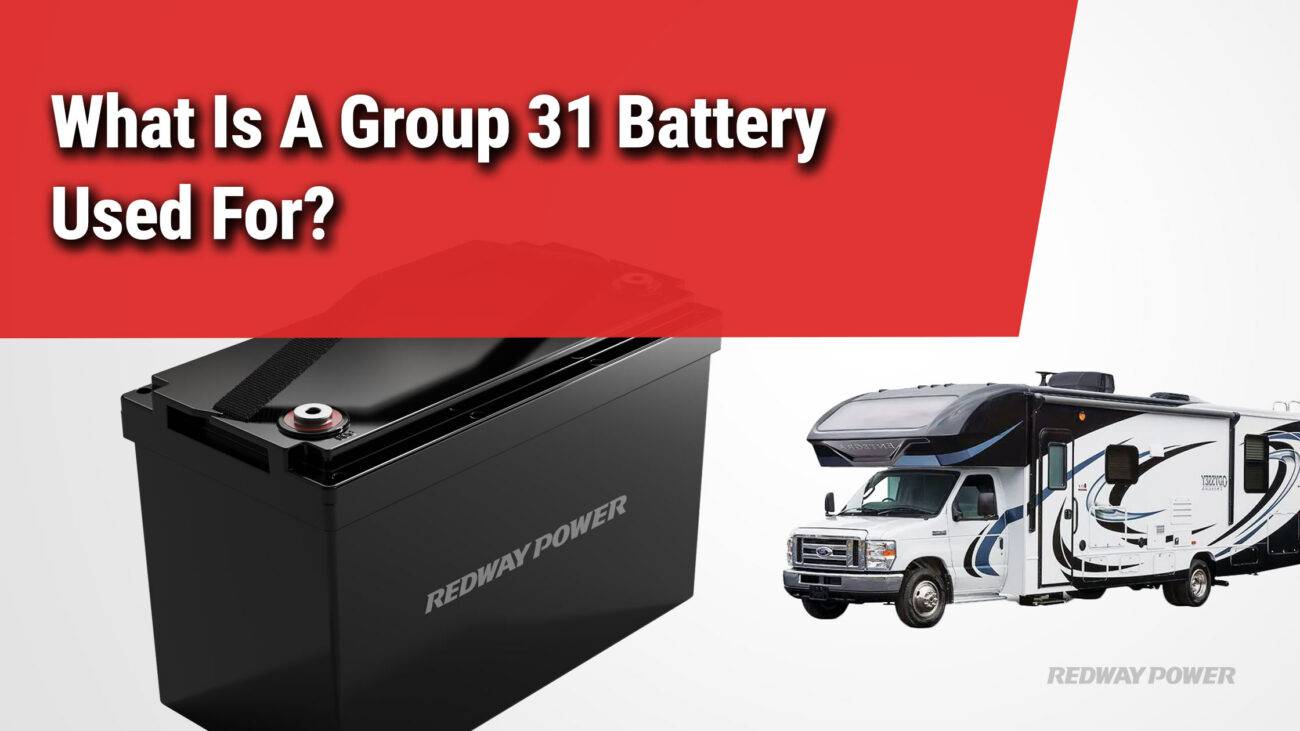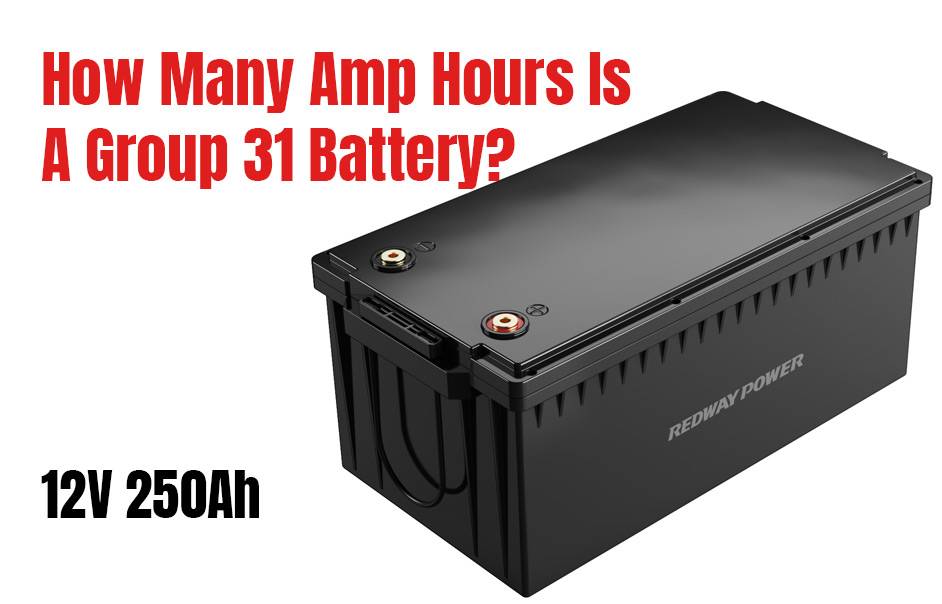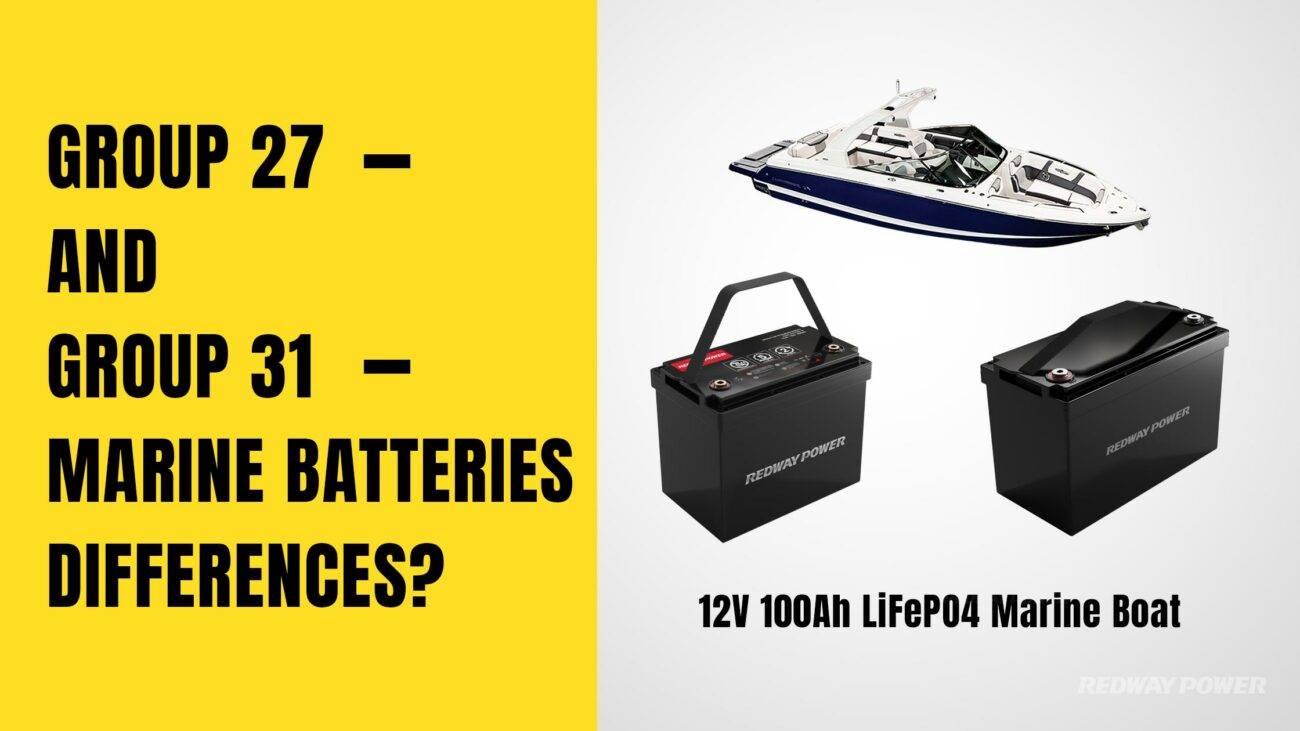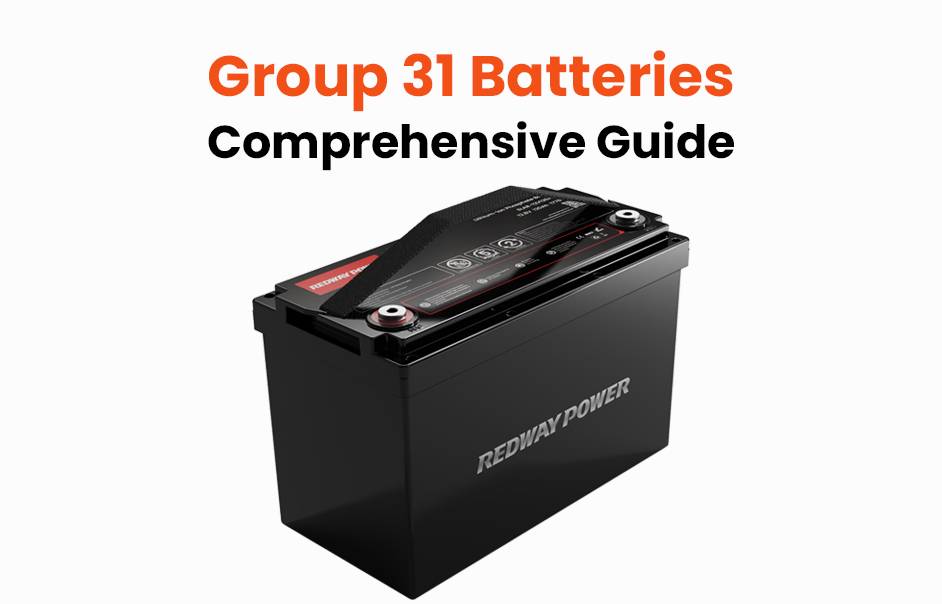- Lithium Golf Cart Battery
- Forklift Lithium Battery
-
48V
- 48V 210Ah
- 48V 300Ah
- 48V 420Ah (949 x 349 x 569 mm)
- 48V 420Ah (950 x 421 x 450 mm)
- 48V 456Ah
- 48V 460Ah (830 x 630 x 590 mm)
- 48V 460Ah (950 x 421 x 450 mm)
- 48V 460Ah (800 x 630 x 600 mm)
- 48V 460Ah (820 x 660 x 470 mm)
- 48V 500Ah
- 48V 560Ah (810 x 630 x 600 mm)
- 48V 560Ah (950 x 592 x 450 mm)
- 48V 600Ah
- 48V 630Ah
-
48V
- 12V Lithium Battery
12V 150Ah Lithium RV Battery
Bluetooth App | BCI Group 31
LiFePO4 Lithium
Discharge Temperature -20°C ~ 65°C
Fast Charger 14.6V 50A
Solar MPPT Charging - 24V Lithium Battery
- 36V Lithium Battery
- 48V Lithium Battery
-
48V LiFePO4 Battery
- 48V 50Ah
- 48V 50Ah (for Golf Carts)
- 48V 60Ah (8D)
- 48V 100Ah (8D)
- 48V 100Ah
- 48V 100Ah (Discharge 100A for Golf Carts)
- 48V 100Ah (Discharge 150A for Golf Carts)
- 48V 100Ah (Discharge 200A for Golf Carts)
- 48V 150Ah (for Golf Carts)
- 48V 160Ah (Discharge 100A for Golf Carts)
- 48V 160Ah (Discharge 160A for Golf Carts)
-
48V LiFePO4 Battery
- 60V Lithium Battery
-
60V LiFePO4 Battery
- 60V 20Ah
- 60V 30Ah
- 60V 50Ah
- 60V 50Ah (Small Size / Side Terminal)
- 60V 100Ah (for Electric Motocycle, Electric Scooter, LSV, AGV)
- 60V 100Ah (for Forklift, AGV, Electric Scooter, Sweeper)
- 60V 150Ah (E-Motocycle / E-Scooter / E-Tricycle / Tour LSV)
- 60V 200Ah (for Forklift, AGV, Electric Scooter, Sweeper)
-
60V LiFePO4 Battery
- 72V~96V Lithium Battery
- Rack-mounted Lithium Battery
- E-Bike Battery
- All-in-One Home-ESS
- Wall-mount Battery ESS
-
Home-ESS Lithium Battery PowerWall
- 24V 100Ah 2.4kWh PW24100-S PowerWall
- 48V 50Ah 2.4kWh PW4850-S PowerWall
- 48V 50Ah 2.56kWh PW5150-S PowerWall
- 48V 100Ah 5.12kWh PW51100-F PowerWall (IP65)
- 48V 100Ah 5.12kWh PW51100-S PowerWall
- 48V 100Ah 5.12kWh PW51100-H PowerWall
- 48V 200Ah 10kWh PW51200-H PowerWall
- 48V 300Ah 15kWh PW51300-H PowerWall
PowerWall 51.2V 100Ah LiFePO4 Lithium Battery
Highly popular in Asia and Eastern Europe.
CE Certification | Home-ESS -
Home-ESS Lithium Battery PowerWall
- Portable Power Stations
How Do I Charge a 12V Lithium Battery Properly for Maximum Efficiency?

Charging a 12V lithium battery correctly is crucial for optimizing its performance and extending its lifespan. Proper charging practices not only ensure efficient energy storage but also prevent potential damage to the battery. In this article, we provide a comprehensive guide to charging your lithium battery effectively.
Charging Steps for Maximum Efficiency
1. Use the Right Charger
Compatibility: Always use a charger specifically designed for lithium batteries, particularly one that matches the lithium iron phosphate (LiFePO4) chemistry commonly used in 12V applications. This ensures that the charging profile aligns with the battery’s requirements.
Charge Profile: Opt for chargers equipped with a three-stage charging profile:
- Bulk (Constant Current): This initial stage delivers maximum current until the battery reaches a predefined voltage.
- Absorption (Constant Voltage): The charger switches to this mode once the battery reaches the target voltage, allowing it to absorb the remaining charge without overheating.
- Float (Maintenance): This final phase maintains the battery at full charge without causing damage.
2. Optimal Voltage Settings
Absorption Voltage: Set the charger to an absorption voltage of approximately 14.25V for 12V lithium batteries. This setting is vital for achieving a full charge without risking overcharging.
Float Voltage: After reaching full charge, maintain the float voltage around 13.5V. This keeps the battery topped off without leading to damage over time.
3. Charging Current
Recommended Rate: The maximum charging current should ideally be around 30% of the battery’s capacity. For instance, if you have a 100Ah battery, use a charger rated at 30A. This helps prevent overheating and prolongs battery life.
Avoid Overcharging: Closely monitor the charging process to ensure it does not exceed the specified voltage or current limits, as this can lead to premature battery failure.
4. Temperature Considerations
Optimal Range: Charge your battery within a temperature range of 5°C to 45°C (41°F to 113°F). Charging outside this range can decrease efficiency and potentially damage the battery.
Cooling: Ensure proper ventilation during the charging process to dissipate heat generated, which helps maintain optimal performance.
5. Monitor State of Charge
Voltage Readings: Regularly check the voltage using a multimeter. A fully charged lithium battery should read between 13.4V and 13.6V when at rest. If it consistently reads lower than this after charging, it may indicate a problem.
Depth of Discharge: Aim to avoid discharging below 20% of capacity to extend the battery’s life. Ideally, maintain a maximum depth of discharge of about 80%.
6. Maintenance Practices
Regular Checks: Periodically inspect connections and terminals for signs of corrosion or damage, as these can affect charging efficiency.
Battery Management System (BMS): Utilize batteries equipped with a built-in BMS. This system helps manage charging and discharging cycles effectively, providing protection against overvoltage and undervoltage situations.
Conclusion
By adhering to these guidelines for charging your 12V lithium battery, you can maximize its efficiency and longevity. Proper charger selection, voltage settings, and monitoring practices will ensure reliable performance while minimizing risks associated with improper charging. Regular maintenance checks will further enhance your battery’s reliability, making it an essential part of your power management strategy.
















